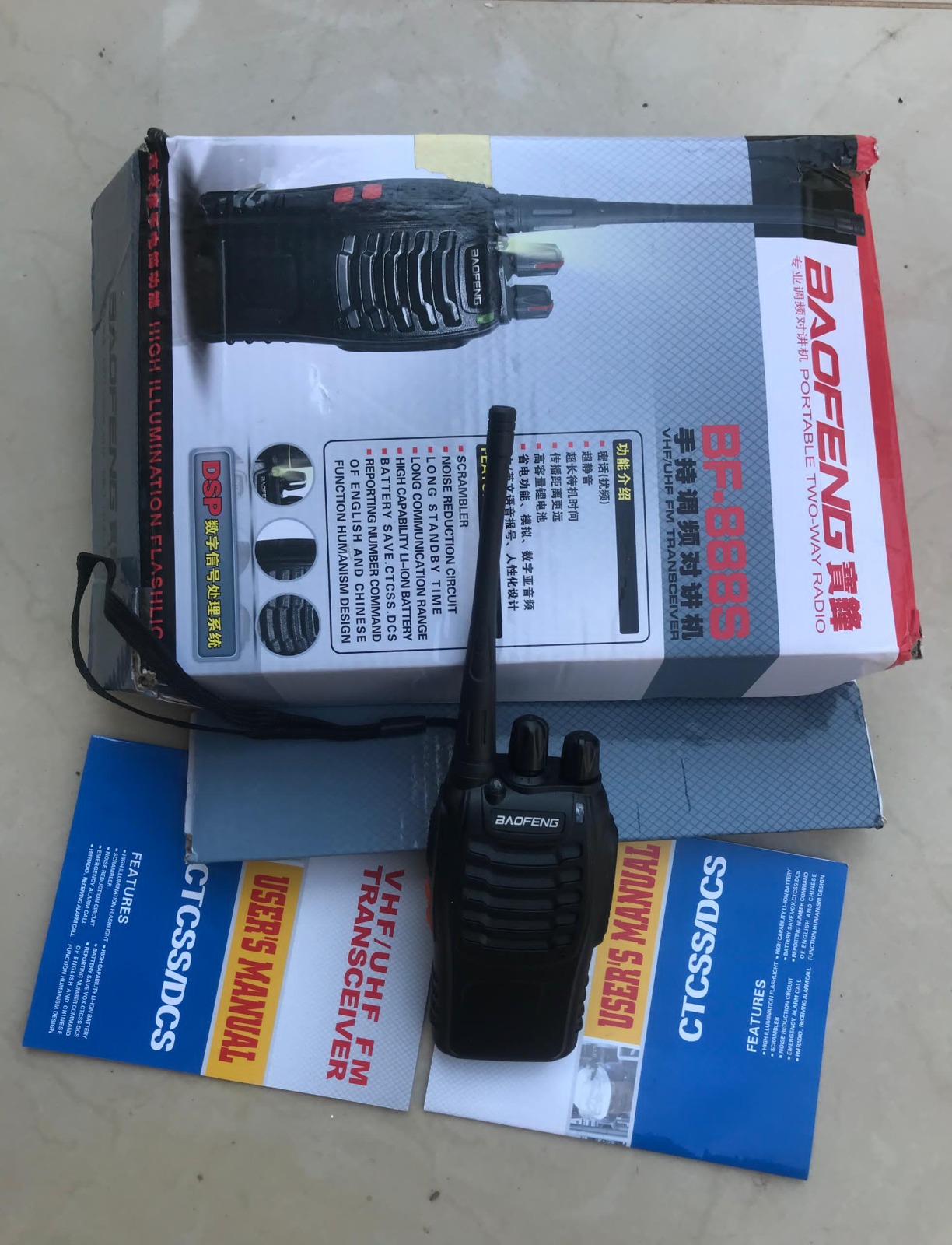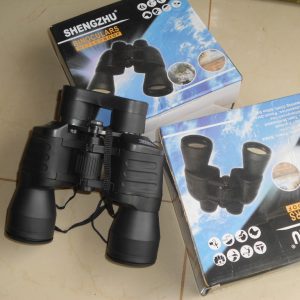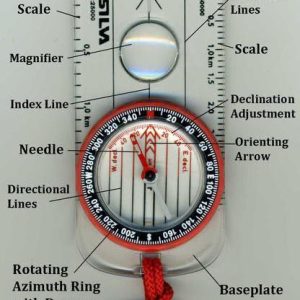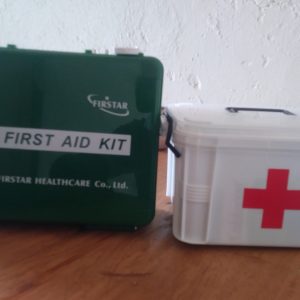Description
A walkie talkie, also formally known as a handheld transceiver (HT), is a portable, two-way radio that allows for short-range communication between individuals or groups. Here’s a breakdown of its description and importance:
Description:
- Size and shape: Walkie talkies are typically handheld devices resembling a telephone handset, with a speaker on one end and a microphone on the other (sometimes combined into a single speaker-microphone unit). An antenna is mounted on the top for transmitting and receiving radio signals.
- Functionality: They operate on a specific radio frequency channel, allowing multiple walkie talkies tuned to the same channel to communicate with each other. One person can talk at a time (half-duplex communication). To transmit, a “push-to-talk” (PTT) button must be pressed, which activates the transmitter and deactivates the receiver, preventing you from hearing incoming messages while talking.
- Range: The range of a walkie talkie depends on factors like terrain, weather conditions, and radio frequency used. Generally, the range is limited to a few kilometers in urban areas and can extend further in open spaces.
- Power source: Walkie talkies are powered by batteries, rechargeable or disposable.
Importance:
- Instant communication: Walkie talkies provide a way to communicate instantly with others within range, without relying on cell phone signal or internet access. This is crucial in situations where cell service is unavailable or unreliable.
- Coordination and teamwork: They are excellent tools for coordinating activities and ensuring everyone is on the same page. This is beneficial for groups working together in hiking, camping, security, construction, event management, and other situations.
- Safety and security: Walkie talkies allow for quick communication in case of emergencies or unexpected situations. This is important for outdoor activities, security personnel, and anyone who needs to stay connected in remote locations.
- Simplicity and ease of use: Walkie talkies are relatively simple to operate, making them accessible to people of all ages and technical backgrounds. They typically require minimal setup and can be used almost immediately.
- Cost-effective: Compared to cell phones and other communication devices, walkie talkies are a more cost-effective option for short-range communication needs.
Additional Considerations:
- Radio frequency: Walkie talkies operate on different radio frequencies. Depending on regulations in your area, you may need a license to operate on certain frequencies.
- Features: Some walkie talkies offer additional features like weather channels, emergency alerts, multiple channels, and hands-free communication options.
Overall, walkie talkies remain a valuable tool for communication in situations where instant and reliable connections are needed without depending on cell phone infrastructure. Their simplicity, affordability, and effectiveness make them a popular choice for various personal and professional applications.






Reviews
There are no reviews yet.